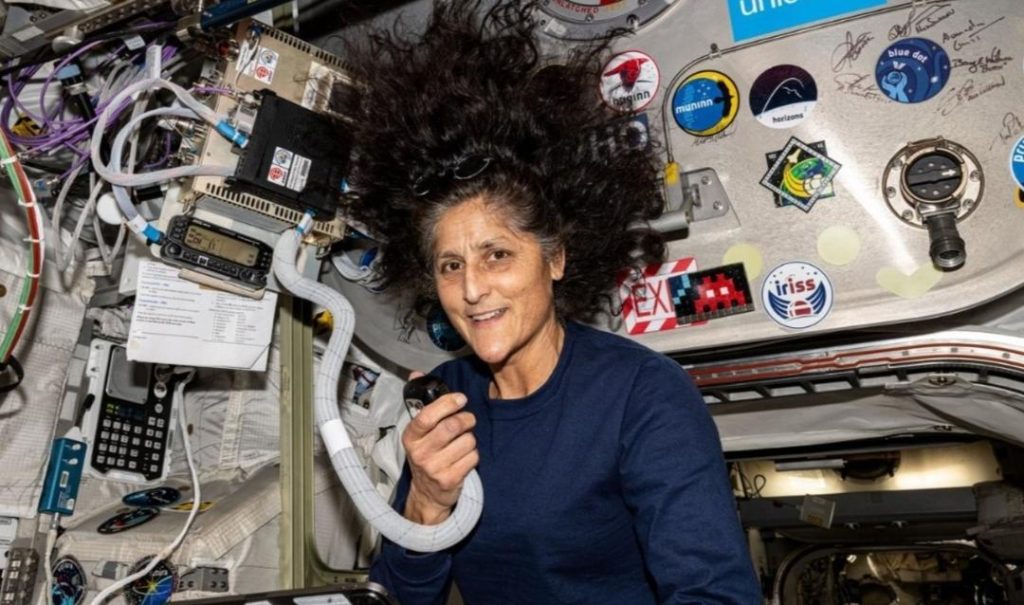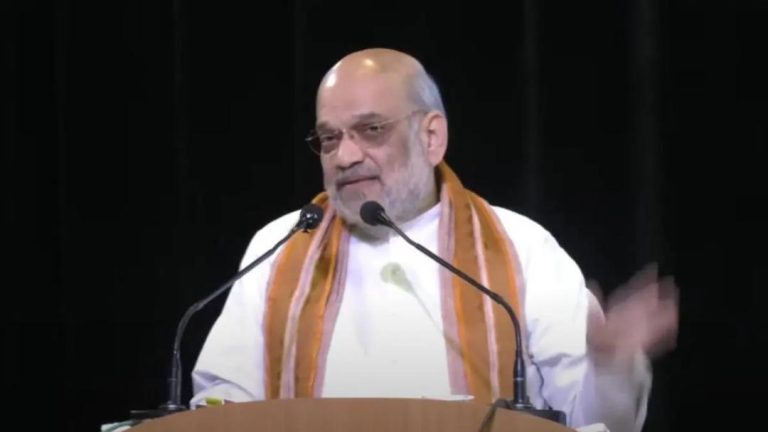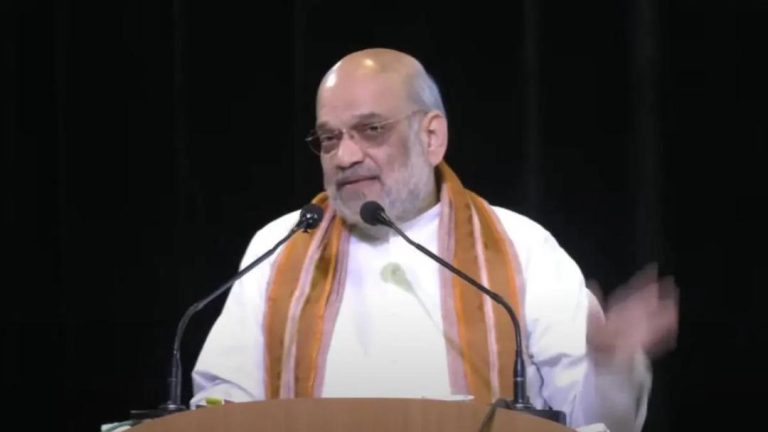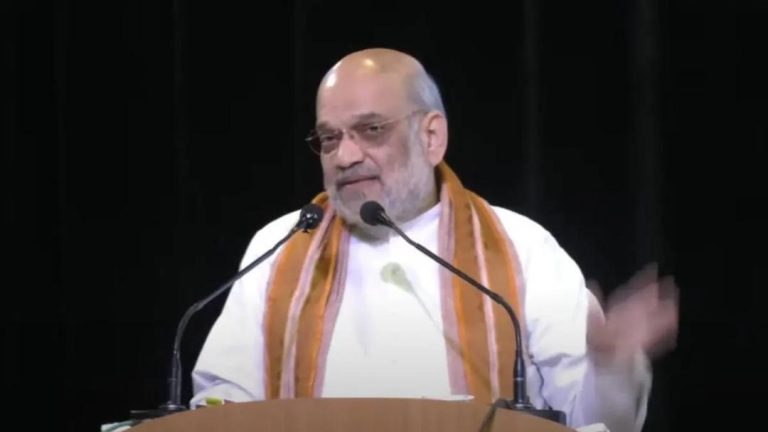
What Scientific Milestones were Achieved by Williams & her Team?
The International Space Station (ISS) has long been a hub of scientific discovery, with crews from around the world conducting a wide range of experiments and studies in the unique microgravity environment. One such crew, led by astronaut Sunita Williams, achieved numerous scientific milestones during their time on the ISS. In this blog post, we’ll take a closer look at some of the most notable achievements of Williams and her team.
Plant-Related Studies
The crew, which included Nick Hague, Butch Wilmore, and cosmonaut Aleksandr Gorbunov, focused on several plant-related studies during their time on the ISS. These studies aimed to better understand how plants grow and respond to their environment in microgravity. One of the key experiments, known as the “Plant Habitat,” involved growing a variety of plants, including lettuce, radishes, and zinnias, in controlled environments to study their growth patterns and behavior.
The crew also conducted experiments on the “Veggie” plant growth facility, which allowed them to study the effects of microgravity on the growth of a variety of crops, including lettuce, spinach, and even tomatoes. These studies are important for understanding how to grow food in space, which could be crucial for long-duration missions to the Moon or Mars.
Monitoring Urban Growth and Climate Change from Space
Butch Wilmore, one of the crew members, spent thousands of hours capturing stunning images of the Earth from space using the ISS’s external cameras. These images provided valuable data on urban growth, climate change, and natural disasters. Wilmore’s photos captured the stunning beauty of our planet, but they also provided scientists with a unique perspective on the impact of human activities on the environment.
For example, Wilmore’s images helped scientists track the growth of cities and urban areas, which is important for understanding the impact of urbanization on the environment. The crew’s photos also provided valuable data on climate change, including the effects of rising sea levels and melting glaciers.
3D Printing of Implantable Medical Devices
In addition to plant-related studies and Earth observation, the crew also tested the 3D printing of implantable medical devices in microgravity. This experiment, known as the “3D Printing in Space” experiment, aimed to develop new methods for creating implantable devices, such as hip and knee replacements, in space.
The experiment involved using a 3D printer to create a variety of implantable devices, including a titanium sample that was later tested on the ISS. The results of the experiment showed that 3D printing in space was possible, and that the devices created in space were just as effective as those created on Earth.
Astronaut Health and Fire Safety
In addition to the scientific experiments, the crew also conducted important research on astronaut health and fire safety. The “Crew Health” experiment aimed to better understand the effects of long-duration spaceflight on the human body, including the impact of microgravity on the immune system and the effects of radiation exposure.
The “Fire Safety” experiment, on the other hand, aimed to develop new methods for detecting and extinguishing fires in space. The experiment involved testing a variety of fire suppression agents and techniques, including the use of water and foam.
Conclusion
The crew led by Sunita Williams achieved numerous scientific milestones during their time on the ISS, from plant-related studies to monitoring urban growth and climate change from space. Their work also included testing the 3D printing of implantable medical devices and conducting important research on astronaut health and fire safety. These experiments are just a few examples of the many scientific milestones achieved by NASA and its international partners on the ISS.
Source:






